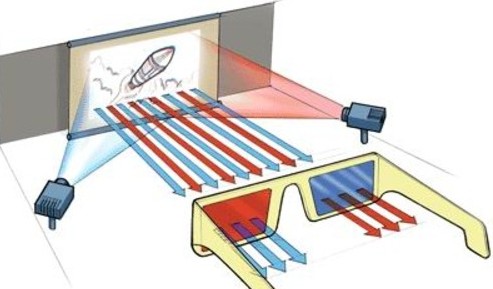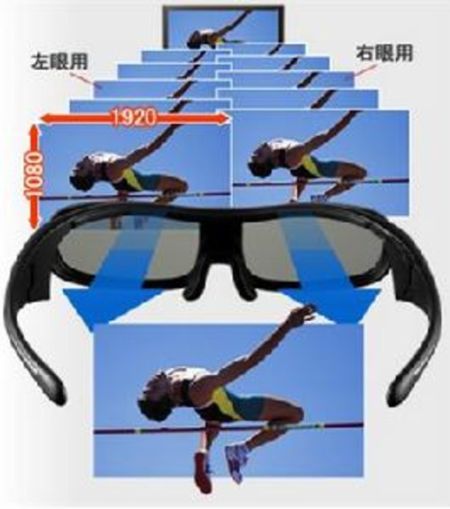For 3D TV, many friends may only be limited to the understanding of the effect of the picture, and many of their friends are not very familiar with the display principle. To this end, while 3D TVs are entering the consumer family, let us first take a look at the relevant information on 3D TV technology.
The so-called 3D TV is a special precision cylindrical lens screen on the LCD panel. The encoded 3D video images are independently sent into the left and right eyes of the person, so that the user can experience the stereoscopic feeling with naked eyes without using the stereo glasses. Compatible with 2D graphics.
At present, 3D TV display technology can be divided into two types: glasses type and naked eye type. The naked eye 3D is currently mainly used in public business occasions, and will be applied to portable devices such as mobile phones in the future. In the field of household consumption, whether it is a monitor, projector or TV, it is now necessary to use 3D glasses.
For the glasses-type 3D technology, we can subdivide three main types: color difference, polarized type and active shutter type, which is commonly referred to as the color separation method, the light division method and the time division method.
Chromatic aberration 3D technology
Color difference 3D technology, English is Anaglyphic3D, with passive red-blue (or red-green, red-green) filter color 3D glasses. This technology has the longest history, the imaging principle is simple, the implementation cost is quite low, the cost of glasses is only a few dollars, but the 3D picture effect is also the worst. The color difference type 3D first separates the spectral information by the rotating filter wheel, and uses different color filters to filter the picture, so that one picture can produce two images, and each eye of the person sees a different image. Such a method tends to cause color cast at the edges of the picture.

Principle of color difference 3D glasses
Polarized 3D technology
Polarized 3D technology is also called polarization 3D technology, English is PolarizaTIon3D, and passive polarized glasses are used together. The image effect of the polarized 3D technology is better than that of the color difference, and the cost of the glasses is not too high. At present, many cinemas adopt such technologies, but the brightness of the display device is relatively high. On LCD TVs, the application of polarized 3D technology requires a TV with a refresh rate of 240 Hz or higher.

Polarized 3D technology application example
Active shutter 3D technology
Active shutter 3D technology, AcTIveShutter3D in English, with active shutter 3D glasses. This 3D technology is the most widely used on TVs and projectors, with relatively large resources, and excellent image effects. It is highly respected and adopted by many manufacturers, but its matching 3D glasses are more expensive. At present, 3D TVs, including LG, Samsung, Panasonic, Skyworth and other brands, use active shutter 3D technology.

Active shutter 3D technology
Outdoor Full Color Led Display P6 Fixed installation, which widely used in Outdoor Advertising Projects, like Square, Station, Commercial Center, Street etc. Mainly used for outdoor high density picture display. Outdoor P6 Led Display Screen using the distribution and modular design to improve the stability of the LED Display P6 control system. Looking forward your early response and cooperation!
P6 Fixed Outdoor,P6 Outdoor Led Screen,P6 Led Screen,Led Screen Outdoor
Shenzhen Jongsun Electronic Technology Co., Ltd. , https://www.jongsunled.com